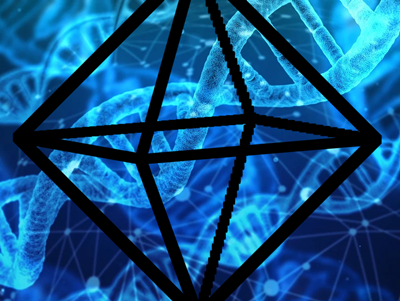|
NOVIDADES
Yosef Yeshurun, Bar-Ilan University, Ramat-Gan, Israel, Oleg Gang, Columbia University, New York, NY, USA, and colleagues have showed how DNA can serve as a scaffold for building 3-D nanoscale architectures that can be fully "converted" into inorganic materials like superconductors.
To create the scaffold, the scientists first designed octahedrally shaped DNA "frames". 10nm gold nanoparticles (AuNP) were inserted into these octahedron cages. The researchers then designed an assembly of a simple cubic superlattice of these octahedra and coated the DNA grids with silicon dioxide (silica). This solidifies the originally soft constructions, which require a liquid environment to maintain their structure. The team adapted this manufacturing process so that structural integrity was maintained during the coating process.  Credits: Wiley-VCH GmbH
Arrays of Josephson junctions are key to leveraging quantum phenomena in practical technologies, such as superconducting quantum interference devices for magnetic field sensing. In 3-D, more junctions can be packed into a small volume, increasing device power. According to the researchers, this material conversion path allows them to create a variety of systems with interesting properties, including superconductivity and other electronic, mechanical, optical, and catalytic properties. ChemistryViews. Posted: Nov 12, 2020.
|
|||||||||||||||||||||||||